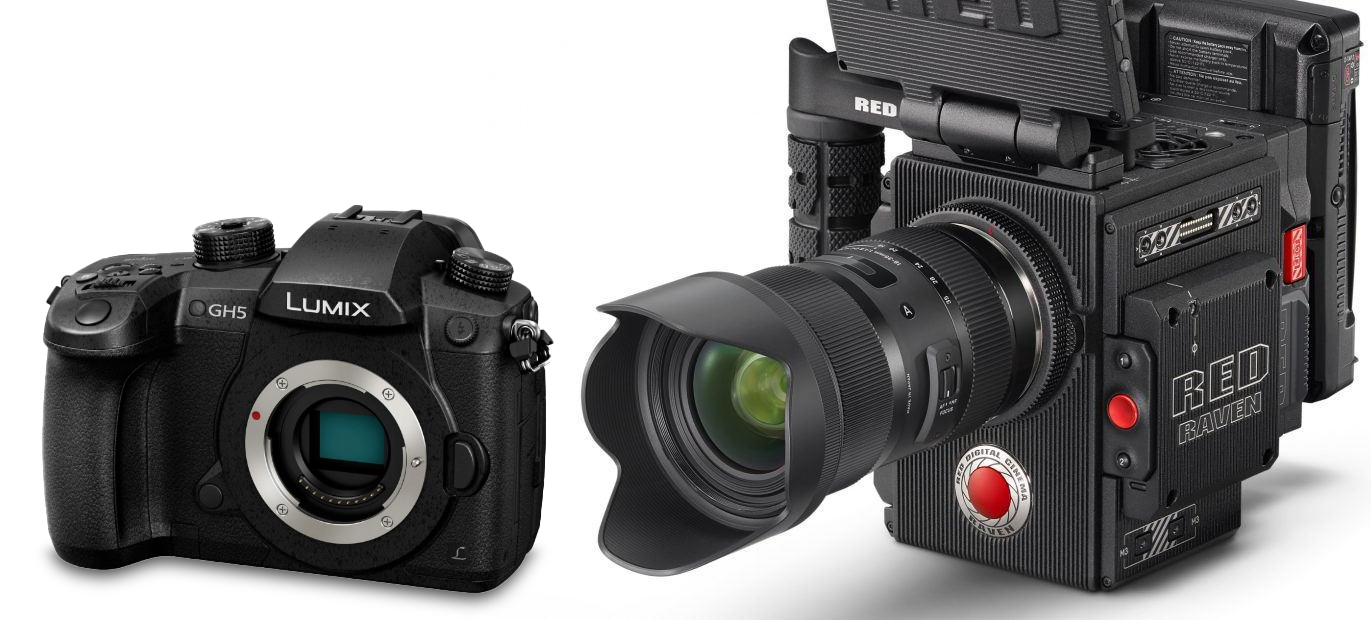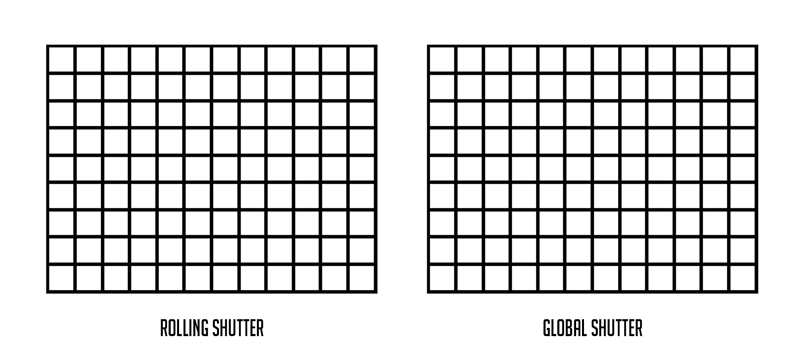Geek Articles
Understanding the Difference in Global and Rolling Shutters

When getting started on video, you may run into a common problem, with no easy explanation of what’s going on. During quick pans, your footage may look like jello, or when recording video of rotating objects, they may look like they’re rotating slower than they are, or not at all. These are all common problems with a rolling shutter, so let’s talk about the differences between a rolling shutter and a global shutter.
At a fundamental level, digital camera sensors are composed of millions of individual photosites that each sends exposure information to the camera’s processor 24, 30, or even hundreds of times per second. The processor takes that information and records it as a video file. Most camera processors aren’t fast enough to handle all of this information at once, so the majority of digital cameras have to expose photosites one row at a time. This is called a rolling shutter.
While every row of photosites is exposed for the same amount of time, they’re not all exposed at once. They transmit information to the processor row by row, top to bottom. Under normal shooting circumstances, this effect is unnoticeable. Sometimes, though, especially when shooting something moving at high speed, it can lead to issues with the image. The most common problem is vertical lines in motion appearing slanted or wavy. This video does a really great job of visualizing how a rolling shutter works and giving examples of the kinds of effects it can have on recorded video.
There is no universal look that applies to all cameras and rolling shutters. Some cameras have more effect; some have less. DSLRs with video functionality are typically a lot worse about it than cameras designed specifically for video. But sensor size, processing speed, and framerate can all have different effects when using a rolling shutter.
By contrast, a camera with a global shutter exposes every photosite at once, eliminating the negative image artifacts that a rolling shutter can sometimes cause. However, since a global shutter can sometimes make photosites less efficient, there may be trade-offs in dynamic range and low light performance. Since it also requires significantly more processing power, cameras with a global shutter also typically have fewer high frame rate options. The global shutter version of the Canon C700, for example, has two fewer stops of dynamic range and a top frame rate of 60 frames per second below the top frame rate of the standard Canon C700.
| Popular Rolling Shutters | Popular Global Shutters |
| Panasonic GH5 | Sony F55 |
| Blackmagic Pocket Cinema Camera 6K | Canon EOS C700 GS PL Cinema Camera |
| Sony a7s III | Blackmagic URSA Mini Pro 12K |
| Canon C200 | VRI Phantom VEO4K |
| ARRI Alexa Mini | Blackmagic 4K Production Camera |
| Sony FS7 Mark II | RED Komodo |
Author: Lensrentals
Articles written by the entire editorial and technical staff at LensRentals.com. These articles are for when there is more than one author for the entire post, and are written as a community effort.
-
Pox
-
t_linn
-
Patrick Chase
-
Patrick Chase
-
t_linn
-
asad137
-
KeithB
-
Stanislaw Zolczynski
-
asad137
-
The_Incomparable_Douche

